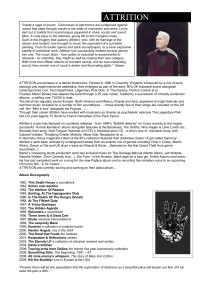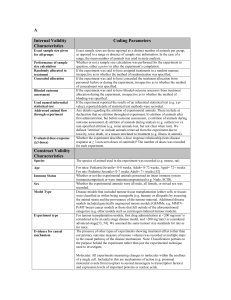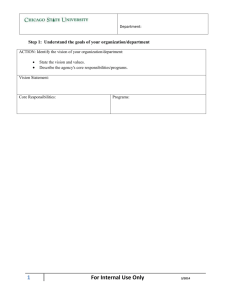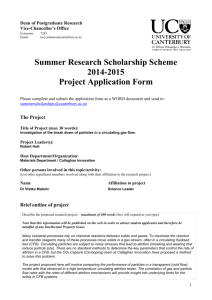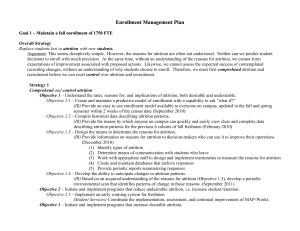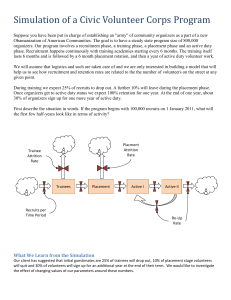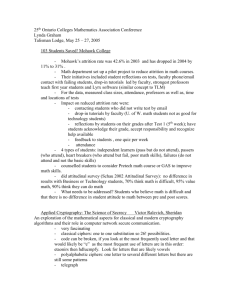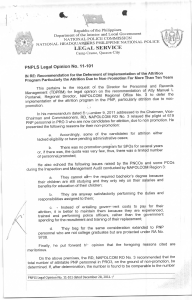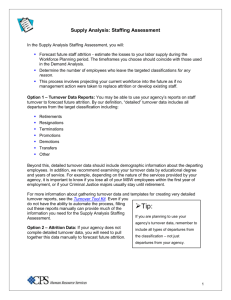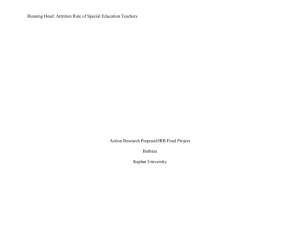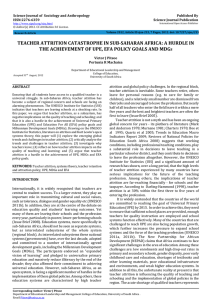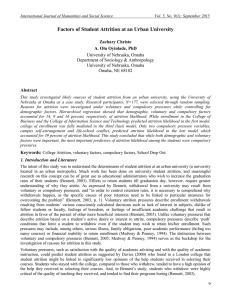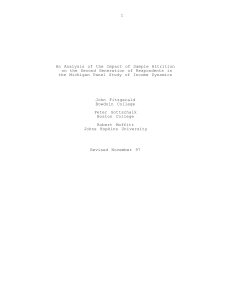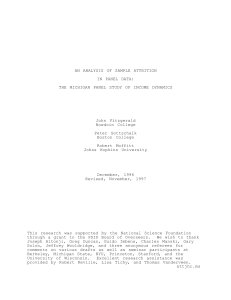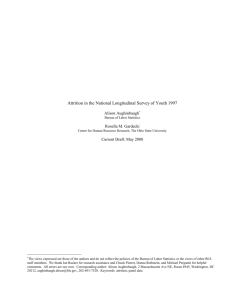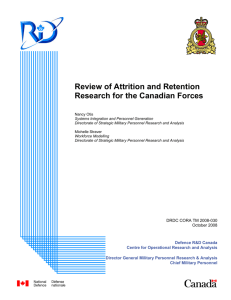(RA) Registries
advertisement
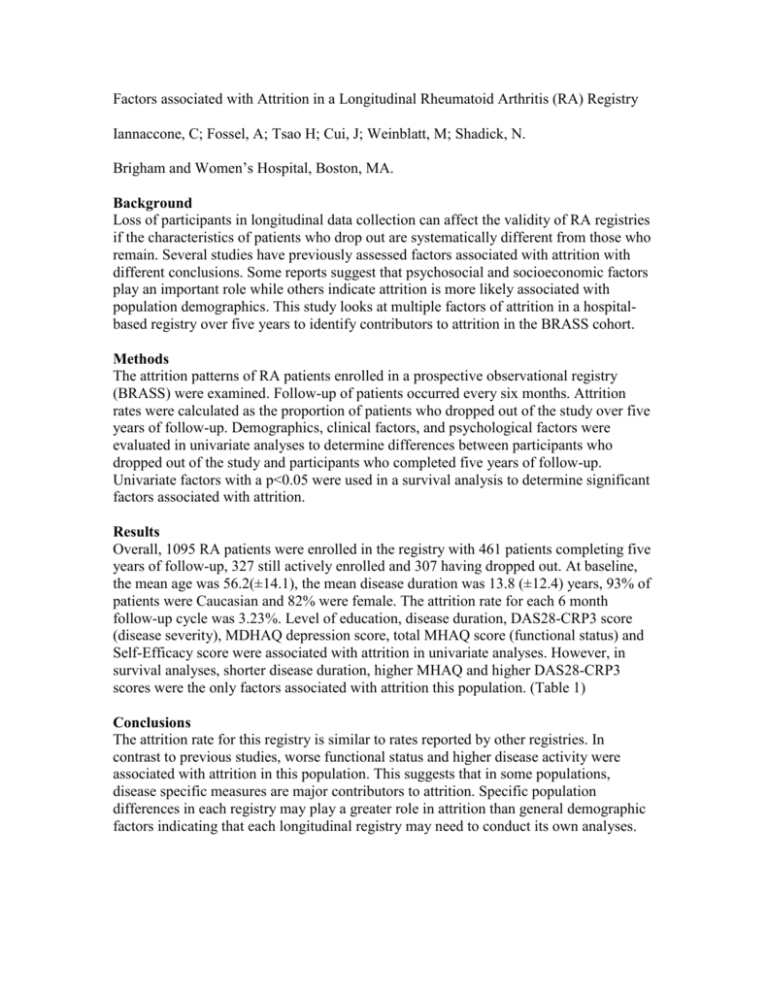
Factors associated with Attrition in a Longitudinal Rheumatoid Arthritis (RA) Registry Iannaccone, C; Fossel, A; Tsao H; Cui, J; Weinblatt, M; Shadick, N. Brigham and Women’s Hospital, Boston, MA. Background Loss of participants in longitudinal data collection can affect the validity of RA registries if the characteristics of patients who drop out are systematically different from those who remain. Several studies have previously assessed factors associated with attrition with different conclusions. Some reports suggest that psychosocial and socioeconomic factors play an important role while others indicate attrition is more likely associated with population demographics. This study looks at multiple factors of attrition in a hospitalbased registry over five years to identify contributors to attrition in the BRASS cohort. Methods The attrition patterns of RA patients enrolled in a prospective observational registry (BRASS) were examined. Follow-up of patients occurred every six months. Attrition rates were calculated as the proportion of patients who dropped out of the study over five years of follow-up. Demographics, clinical factors, and psychological factors were evaluated in univariate analyses to determine differences between participants who dropped out of the study and participants who completed five years of follow-up. Univariate factors with a p<0.05 were used in a survival analysis to determine significant factors associated with attrition. Results Overall, 1095 RA patients were enrolled in the registry with 461 patients completing five years of follow-up, 327 still actively enrolled and 307 having dropped out. At baseline, the mean age was 56.2(±14.1), the mean disease duration was 13.8 (±12.4) years, 93% of patients were Caucasian and 82% were female. The attrition rate for each 6 month follow-up cycle was 3.23%. Level of education, disease duration, DAS28-CRP3 score (disease severity), MDHAQ depression score, total MHAQ score (functional status) and Self-Efficacy score were associated with attrition in univariate analyses. However, in survival analyses, shorter disease duration, higher MHAQ and higher DAS28-CRP3 scores were the only factors associated with attrition this population. (Table 1) Conclusions The attrition rate for this registry is similar to rates reported by other registries. In contrast to previous studies, worse functional status and higher disease activity were associated with attrition in this population. This suggests that in some populations, disease specific measures are major contributors to attrition. Specific population differences in each registry may play a greater role in attrition than general demographic factors indicating that each longitudinal registry may need to conduct its own analyses. Table 1. Multivariate survival analysis of factors associated with attrition Characteristic Hazard Ratio 95% Confidence Intervals Disease Duration, years 0.97 0.95-0.98* DAS28-CRP3 1.29 1.19-1.40* MHAQ Score 1.50 1.24-1.82* *P < 0.001


